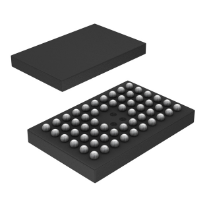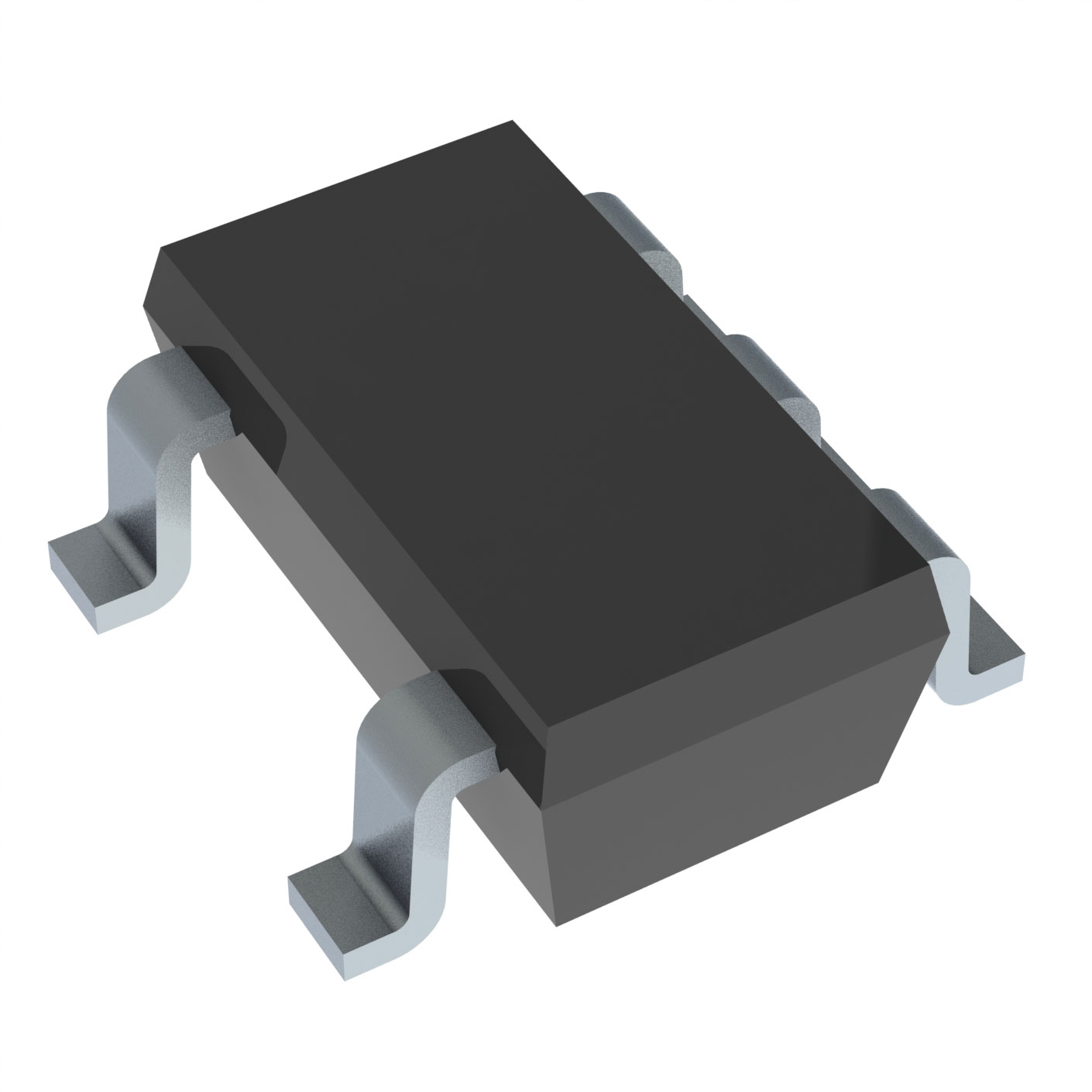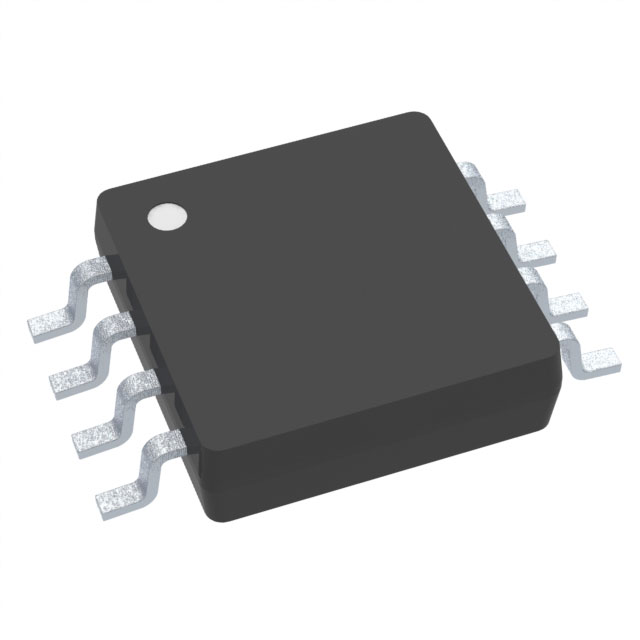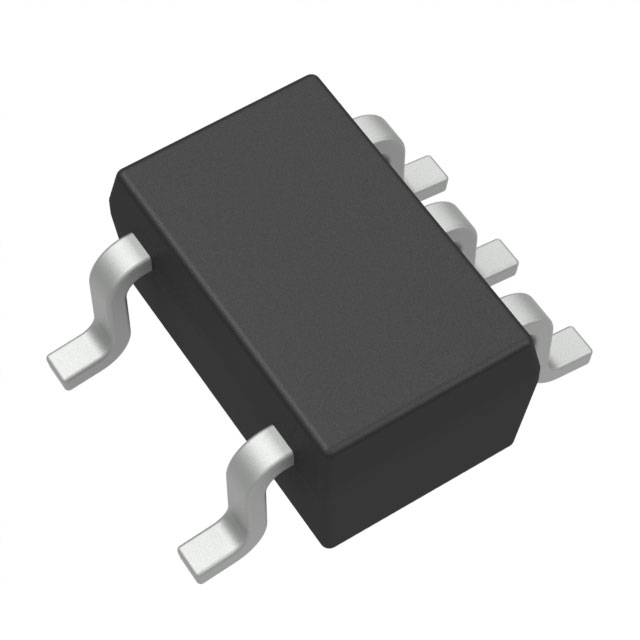- Online chat

SN74VMEH22501AZQLR
The SN74VMEH22501AZQLR is a high-speed, low-power non-inverting buffer with tri-state output from Texas Instruments, designed for voltage-level translation and signal conditioning in digital systems. Part of the VMEH logic family, this device operates at a 3.3V core voltage while supporting 5V-tolerant inputs, enabling seamless interfacing between mixed-voltage systems. It features a 20-lead TSSOP package and is optimized for applications requiring fast signal propagation and low power consumption in space-constrained designs.
Key Features
This buffer provides a propagation delay of 1.5 ns (typical) at 3.3V, ensuring high-speed data transmission. It offers 5V input compatibility for robust noise immunity and voltage-level shifting between 3.3V and 5V domains. The tri-state output (controlled via an OE pin) prevents bus contention in multiplexed systems. With a low quiescent current (1 µA per output), it minimizes power dissipation in battery-operated or always-on applications. The device operates over an extended temperature range (-40°C to +85°C) and meets industrial standards for EMI/ESD resilience.
Applications
Primarily used in industrial automation and communication systems, the SN74VMEH22501AZQLR is critical for interfacing between FPGA/ASIC cores (3.3V) and legacy 5V peripherals in control panels, data acquisition systems, and embedded processors. It is widely employed in networking equipment, automotive ECUs, and test instruments where voltage-level translation and signal isolation are required. Its tri-state capability makes it ideal for shared-bus architectures in computers and IoT gateways.
Summary
The SN74VMEH22501AZQLR combines high-speed performance, mixed-voltage compatibility, and tri-state functionality, making it a versatile solution for digital signal interfacing in mixed-signal systems. Its low power consumption, compact form factor, and robustness in harsh environments cater to applications demanding reliable voltage translation and signal integrity. This buffer is essential for engineers designing circuits that bridge legacy and modern low-voltage electronics in industrial, automotive, and communication infrastructure.








